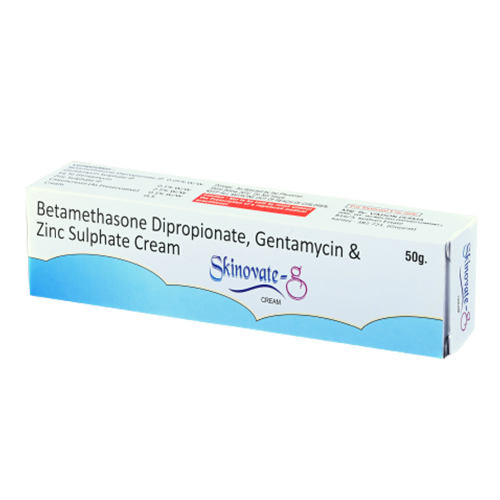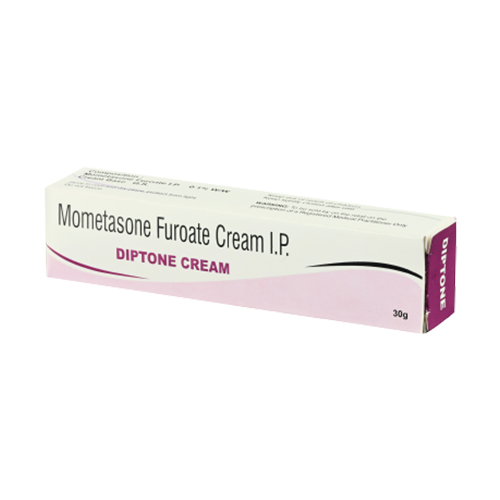Bifonazole Cream
HARRITRAL
SKU: 361f74db07da
Category: CREAM

Description
Bifonazole Cream is an antifungal cream used to treat fungal skin infections such as athlete’s foot, ringworm, and jock itch. It acts by preventing the spread of fungus and slowing its growth. Creating a protective barrier the cream is applied directly to the infected area that aids in the fungus’ removal as well as the treatment of symptoms including itching, redness, and irritation. Bifonazole Cream is generally safe and well-accepted, however, it is crucial to follow the advice of your healthcare practitioner.
The Advantages of Using Bifonazole Cream
Bifonazole Cream provides several advantages for persons suffering from fungal infections:
- Bifonazole Cream is an effective antifungal medication that is extensively used to treat a range of fungal infections, including athlete’s foot, ringworm, and jock itch. It attacks and kills the fungi that cause the infection.
- Symptom relief: The cream relieves common fungal infection symptoms such as itching, redness, inflammation, and pain. Regular use of the cream can assist to alleviate unpleasant symptoms and increase overall comfort.
- The cream is a topical medication that may be applied directly to the affected area, making it comfortable and easy to use.
- It is a widely accessible antifungal medicine that can be acquired from pharmacies or suggested by a healthcare provider. Its formulation allows for rapid absorption and the formation of a protective barrier on the skin.
- The cream is widely regarded as safe and well-tolerated. However, it is always essential to consult with a healthcare practitioner before taking any medication to ensure that it is acceptable for your specific condition.
Bifonazole Cream Application
When using Bifonazole Cream, follow these general guidelines:
- Before applying the cream, make sure the afflicted region is clean and dry.
- Wash the area gently with mild soap and water then pat it dry with a clean towel.
- Take a tiny amount of the cream and apply it to the affected area in a thin layer. Massage the cream into your skin gently until it is evenly distributed or absorbed.
- It is recommended that the cream be applied slightly beyond the affected area’s margins. This helps to keep the illness from spreading and guarantees thorough covering.
- After applying the cream, fully wash your hands to remove any residue and prevent the fungus from spreading to other regions of your body or other people.
- Bifonazole Cream is typically used twice daily, though the particular dosage and duration may vary depending on the severity of the illness and the directions supplied by your healthcare practitioner. To achieve the best outcomes, it’s critical to stick to the treatment plan.
- Even if symptoms improve or subside before the specified time of treatment, it is critical to use the cream as directed. This helps to guarantee that the fungus is completely eradicated and that the infection does not reoccur.
How Bifonazole Cream Works
Bifonazole cream functions in the following ways:
- Antifungal activity: the cream’s active component is an imidazole antifungal agent. It acts by preventing the growth and reproduction of fungi including those that cause common skin illnesses such as athlete’s foot and ringworm.
- Fungal cell membrane disruption: Bifonazole targets the cell membranes of fungi. It inhibits the synthesis of ergosterol, a necessary component of fungal cell membranes. This disruption weakens the cell membranes, causing cellular contents to leak and, eventually, the fungus to die.
- Bifonazole has broad-spectrum activity against a wide variety of fungi, including dermatophytes, yeasts, and molds. It is effective against a variety of fungal species that are typically associated with skin diseases.
- The Cream is administered directly to the afflicted area of the skin. It works by focusing its antifungal properties on the site of infection. This targeted action reduces systemic absorption and potential negative effects.
- When applied to the skin, Bifonazole Cream creates a thin, protective layer. This barrier has two functions: it prevents the illness from spreading to other parts of the body and it also acts as a physical barrier against external factors such as moisture and further fungal exposure.
Additional information
| Pack Size | 30 GM |
|---|---|
| Packing Type | LAMI TUBE |
| Composition |




